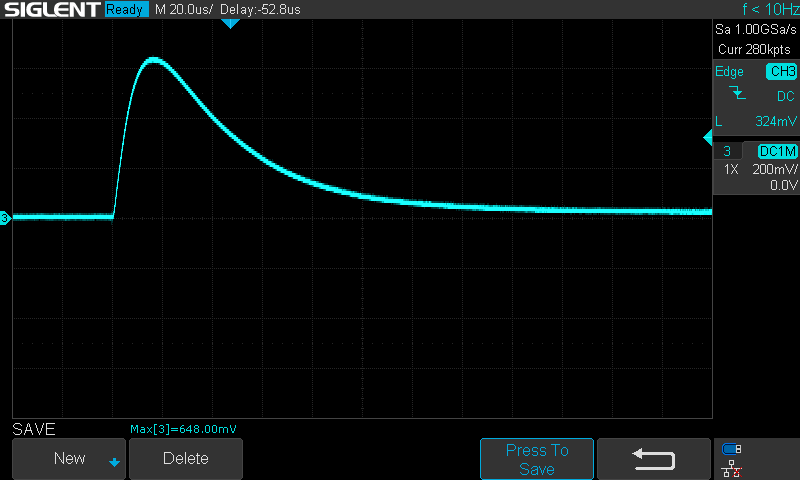Certainly Emile, happy to oblige.
My original plan was simply to compare "basic connection" with "full monty 3-switch chain," but I'll now add 2 more test scenarios. So the test will now compare Extreme (with new USB card) SQ, when the network path is:
1. Basic connection:
Upstream > Supra Cat 8 > Sonore opticalModule > Finisar SFP > Extreme
2. Single switch - modded Buffalo:
Upstream > Supra Cat 8 > modded Buffalo > Finisar SFP > Extreme
3. Single switch - SOtM:
Upstream > Supra Cat 8 > SOtM > Finisar SFP > Extreme
4. Full Monty 3-switch stack:
Upstream > Supra Cat 8 > (A) eR (A) > Sablon Eth > modded Buffalo > Planet SFP > sNH-10g > Finisar SFP > Extreme
To clarify: my "modded Buffalo" is a Buffalo BS-GS2016 switch, modded to remove the internal SMPS and be powered by an external LPS. It also has a cap board of @nenon 's own design. This unit does not have a PF OCXO clock.
I agree . This is also what I was able to test long ago after getting first two Buffalo 2016 ,
then I got 2 more Buffalows. Than added PF ultra clocks in 2 Buffalows With help of Jord from Pink Faun. The difference is I use Sablon Ethernet copper as I think is the best.
Also I retest the SFPs as I have a selection of Startech, Planet Tech and few Finisar models.
So be aware this can significantly impact your results.
What I wanted to add is The addition of Pink Faun Ultra clocks is a very big difference (and expensive but well woth it) that Austinpop tested long ago and loved it , but it was not in his system for this test As far as I see.
So even without PF clock Buffalo was still better than Sotm in his test.
With PF ultra clock installed in Buffalo 2016 is a way better.
I have both PF clock Buffalows and Normal so was able to hear the difference many times.











